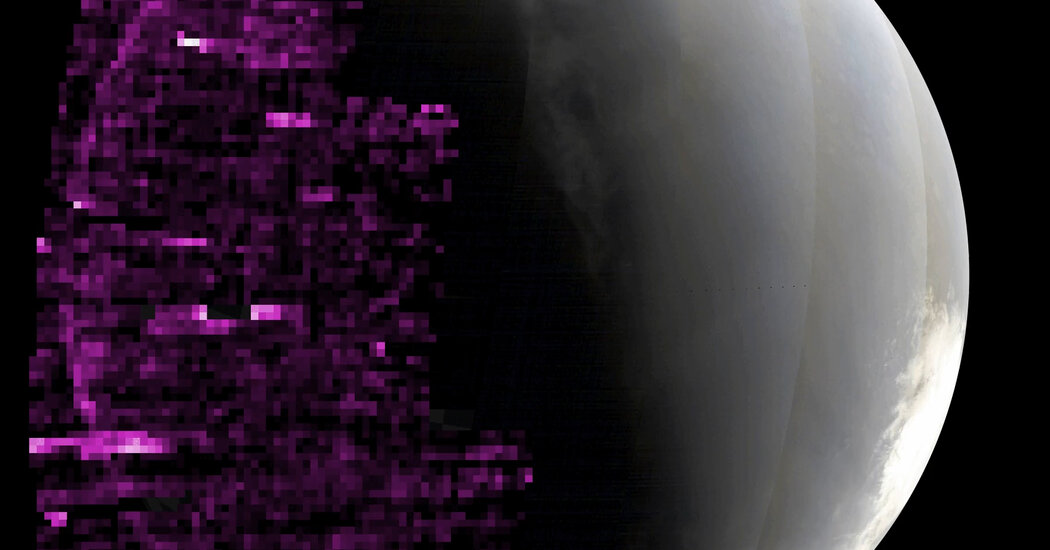
-
Mars is not a hospitable planet, so finding the right place for a future human settlement will be crucial.
-
One possible candidate, recently photographed by the Mars Reconnaissance Orbiter (MRO), may be “skylights” leading to immense underground lava tubes.
-
These mysterious holes can provide many benefits—including protection from radiation and wild planetary temperature swings—and may even be home to microbial life.
When it comes to habitability, Earth is the crown jewel of the Solar System. Gentle temperature swings, a shield from magnetic radiation, and an abundance of fresh water make our terrestrial existence easy to live in—at least, compared to Mars. With an atmosphere only one percent as dense as Earth and no magnetic field to speak of, living on the Red Planet won’t be easy. But there are some areas that may be a little friendlier than others.
Take, for example, Arsia Mons, one of the largest shield volcanoes on Mars – and, by extension, the Solar System. NASA recently released an image (originally captured by the High Resolution Imaging Science Experiment, or HiRISE) aboard the Mars Reconnaissance Orbiter (MRO) again on August 15, 2022 containing a mysterious hole embedded in the slopes of the ancient volcano. Flying 159 miles above the surface of Mars, MRO captured this mysterious hole in the ground even though it was only a few meters wide.
While scientists aren’t sure what exactly this hole could be, its presence in the Tharsis Montes region—a bulge of ancient volcanism that houses some of the planet’s largest volcanoes along the Western Hemisphere’s equator—could mean the hole is an entrance or “skylight” to an underground labyrinth of lava tubes. Such a formation could be a great opportunity for the search for microbial life, but also as a possible Martian home for humans.
Because Mars cannot deflect radiation with a magnetic field, creating a base in these types of tubes could help protect future astronauts from radiation levels that are about 40 to 50 times greater than those experienced on Earth. These pits may also help create a stable environment that protects against the extreme temperature fluctuations of Mars. After all, a summer day along the Martian equator temperatures can reach up to 70° Fahrenheitwhile a summer night can drop to around -100° Fahrenheit.
While NASA knows little about these Martian lava tubes, similar structures found on the Moon indicate that these sites could be ideal for human habitation. In 2009, the Lunar Reconnaissance Orbiter (LRO) found similar holes on the moon’s surface, and a 2022 study found that they maintain a constant temperature of about 63° Fahrenheit—a pretty good deal, considering that the Moon’s temperature fluctuations are almost as wild as those found on Mars.
“Humans evolved by living in caves, and to caves we may go back to when we live on the moon,” David Paige, a co-author of the paper that made these initial temperature measurements, said at the time. The same may be true of Mars.
It is uncertain whether this particular Martian hole leads to a deeper underground structure or is a relatively shallow hole, similar to the pit craters found in Hawaii (which are also shield volcanoes). However, the existence of these large Martian volcanoes suggests that such a structure is likely to exist somewhere. Theit depends only on us humans – and Our ever-reliable rovers and Martian helicopters– to find them.
You may also like
#mysterious #hole #Mars #gateway #ancient #life #humanitys #future
Image Source : www.aol.com



